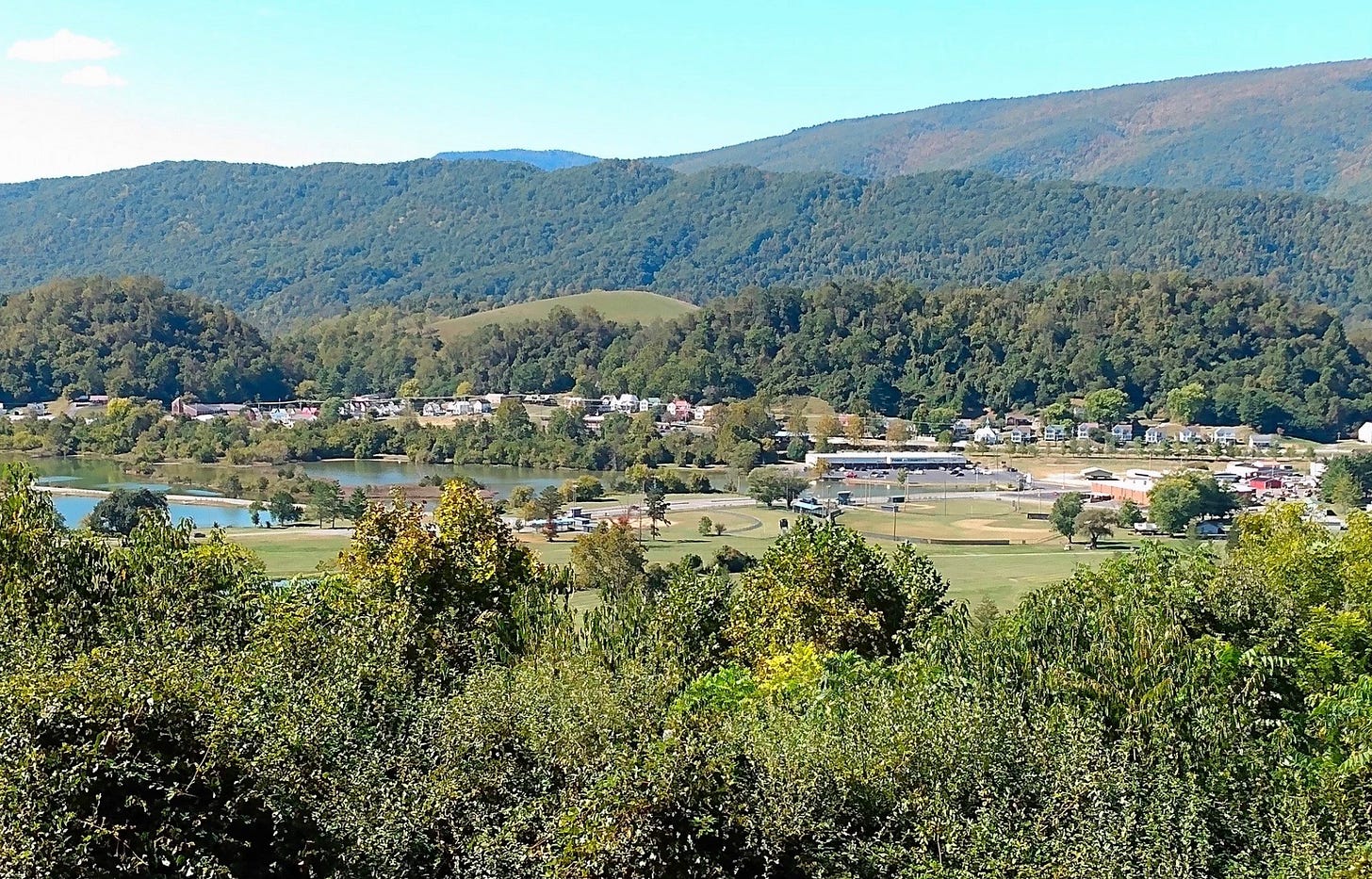The U.S. Congress, the implementing arm of the Executive branch, passed on July 4, 2025 a set of laws designed in part to appease the gods of industry. I was curious to see the reaction of organizations such as the Alliance for Chemical Distribution. It is very positive:
This legislative package will extend and build upon pro-growth provisions to help businesses large and small recover from years of high inflation, while encouraging greater job growth and investments. This includes policies important to the competitiveness of the chemical distribution industry…
The Society of Chemical Manufacturers & Affiliates (SOCMA) loved the R&D tax credit — a game-changer that its website says “will empower companies to invest more boldly in cutting-edge chemistry solutions that support countless downstream sectors.”
Speaking of downstream, last week I wrote about the Mathieson Alkali Works which, by the mid-1890s, was producing industrial chemicals on the banks of the North Fork of the Holston River in southwestern Virginia. Part of the challenge of operating any chemical plant is containing the noxious waste products, the volume of which often exceeds the volume of the chemical compound being produced.
After the tragic Muck Dam Disaster of 1924, while the community was reeling with the loss of so many innocent citizens, the Company repaired the dam and returned to full operation. Over the decades the number of specialty plants increased; for instance, the Saltville operations produced the hydrazine used to get the Apollo 11 crew to the surface of the moon and back. The company town thrived. Olin Chemicals acquired Mattieson in 1954.
In 1956, the state of Tennessee claimed that inorganic waste from Olin-Mathieson plant in Saltville caused “gross stream pollution.” In 1961 pushback emerged from sportsmen and the media when massive fish deaths were reported miles downstream.
But the water control law of 1959 stated that any demands made by the Virginia water board must be “reasonable and practicable of attainment.” The only solution was a choice between fish and jobs. Public sentiment shifted to favor jobs.
In 1969 the Environmental Protection Agency was created. New standards permitted the dumping of a maximum of 500 milligrams of dissolved solids per liter of water into the North Fork of the Holston River. Olin was at the time dumping 5,000 milligrams per liter. Virginia Water asked Olin to give them a plan to meet the standard. Instead, Olin closed the soda ash plant, one of seven plants in Saltville, on July 1, 1971. Over the next nine months, Olin Corp closed the remaining plants.

When researching Olin Chemical’s activities in the past few decades I came across a timeline history for addressing the 53-acre Olin Chemical Superfund site in Wilmington, Massachusetts:
1986 to 2006 -- Olin work under the oversight of the Massachusetts Department of Environmental Protection to address wastes at the site.
2003 -- Wilmington closes one of its aquifers due to the detection of a chemical called N-nitroso-dimethylamine
2006 -- EPA puts the site on the National Priorities List
2019 - EPA issues a Proposed Plan for an interim action at the site
April 2021 – EPA approved cleanup plan for the Olin Chemical Superfund Site.
May 2023 – EPA announces proposed consent decree under which Olin and three other companies will pay approximately $48 million for the cleanup of the site.
A couple of things here. First: Twenty years (1986-2006) to “address” the waste disposal issue, and the outcome of that effort is a poisoned aquifer? And priority placement on EPAs to-do list? Second: Seventeen years on the “National Priority List” and the outcome is a price tag for the cleanup? Has any work actually started?
The most recent information I can find is from a year ago. It’s written in beautifully obfuscated Project-management-ese (emphasis mine):
On Aug. 20, 2024, Olin submitted the first initial design plan for groundwater (the DAPL and Groundwater Hot Spots PDI Work Plan). Throughout the fall and winter of 2024-2025, EPA and MassDEP worked with Olin on the approach for the PDI Work Plan.
Like a mighty glacier moves the regulation of industry.
Which brings us back to a bill signed by a president on July 4, 2025. With this Act there will be cuts to EPA pollution monitoring programs. The bill rescinds funding for monitoring and reducing air, greenhouse gas emissions, and PFAS in low‑income areas and schools—potentially relieving compliance overhead but raising environmental justice concerns. The legislation also eases permitting processes for fossil fuel and related chemical projects, speeding deployment but potentially increasing pollution near chemical plants.
Martha A. Turnage in her book “Company Town Shutdown” encapsulates what she saw as a turning point for industry in the 1970s:
Saltville and the phenomenon of the company town came about as a result of the Industrial Revolution which began with the invention of the steam engine in 1764. During the nineteenth and the early twentieth centuries, merchant-capitalists exercised almost complete power in the United States. In the mid-to-late twentieth century, the growing involvement of government in economic affairs, and the rising concerns about the environment saw the demise of the “captains of industry.” Saltville was one of the first company towns in America to face a company shutdown, marking the decline of industrialists’ power.
Ms. Turnage, who served on the staff of two state universities, and three Virginia community colleges, died in 2010, age 83. She experienced the captains of industry being brought to heel in her lifetime.
But she could not have foreseen the possibility that the gods would come roaring back.
Notes
https://semspub.epa.gov/work/HQ/199603.pdf
https://cumulis.epa.gov/supercpad/SiteProfiles/index.cfm?fuseaction=second.Stayup&id=0100438#Stayup







I suppose we've witnessed the swinging of this behemoth pendulum time and again. (https://www.youtube.com/shorts/sZd61aMZ4GM): Extractive industries vs. natural systems; corporate power vs. community well-being; short-term profit vs. long-term sustainability. Similarly, real estate development vs. wildlife habitat.
I am grateful for the thinking here, and the research. I just wish I had any ideas for lasting solutions.
I wonder - did Olin take its manufacturing elsewhere, to places with fewer regulations, or just close completely?
You might appreciate the writings of John Lovie at "Mostly Water," particularly his most recent post, Getting the Lead Out -- "https://johnlovie.substack.com/p/getting-the-lead-out